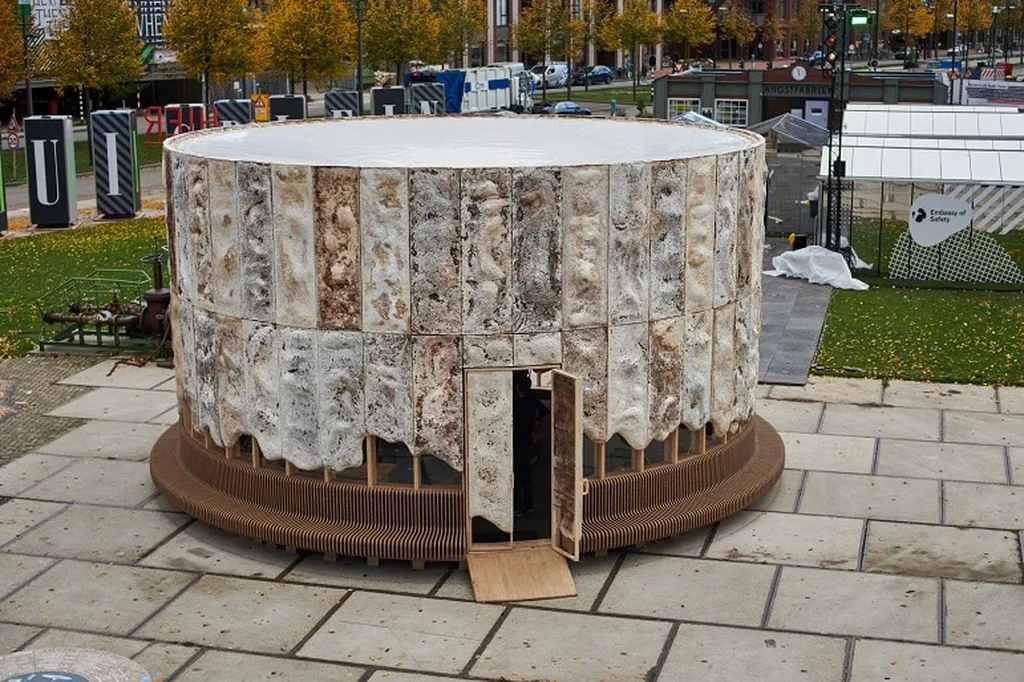In the heart of Queensland, Australia, researchers are unlocking the secrets of an unlikely hero in the quest for sustainable construction materials: fungi. Zahra Parhizi, a leading researcher at the Centre for Future Materials (CFM) at the University of Southern Queensland, is at the forefront of this innovative field, exploring the potential of mycelium-based composites (MBCs) to revolutionize the construction industry.
MBCs are not your average building materials. They are grown, not manufactured, using the root structure of fungi, known as mycelium. This natural process converts agricultural waste into robust, eco-friendly materials that could potentially replace conventional, energy-intensive construction materials. “We’re talking about a low-energy, bio-fabrication method that turns waste into something incredibly useful,” Parhizi explains.
The implications for the energy sector are significant. MBCs offer exceptional thermal insulation, reducing the energy demands of buildings. They also excel in acoustic absorption, creating quieter, more comfortable spaces. Moreover, they demonstrate superior fire safety compared to traditional materials like synthetic foams and engineered wood. “These materials could potentially transform the way we insulate our buildings, reducing energy consumption and improving sustainability,” Parhizi says.
However, challenges remain. MBCs are not yet strong enough for structural roles. Their foam-like properties and high water absorption limit their use to non- or semi-structural applications, such as insulation, panelling, and furniture. But researchers are optimistic. “We’re continually exploring ways to enhance the mechanical properties of MBCs,” Parhizi notes. “With further research, we believe they could become a viable alternative to conventional materials in a wider range of applications.”
The potential commercial impacts are substantial. MBCs could reduce waste streams, lower energy consumption, and decrease reliance on synthetic materials. They could also create new markets for agricultural by-products, stimulating economic growth in rural areas.
Parhizi’s research, published in the Journal of Fungi (which translates to the Journal of Mushrooms), provides a comprehensive review of the fabrication process and the factors affecting the production and performance properties of MBCs. It addresses key elements such as fungal species selection, substrate choice, optimal growth conditions, dehydration methods, post-processing techniques, mechanical and physical properties, termite resistance, cost comparison, and life cycle assessment.
As we grapple with the challenges of climate change and resource depletion, innovations like MBCs offer a glimmer of hope. They remind us that nature often holds the solutions to our most pressing problems. And in this case, the solution might just be growing at our feet.

